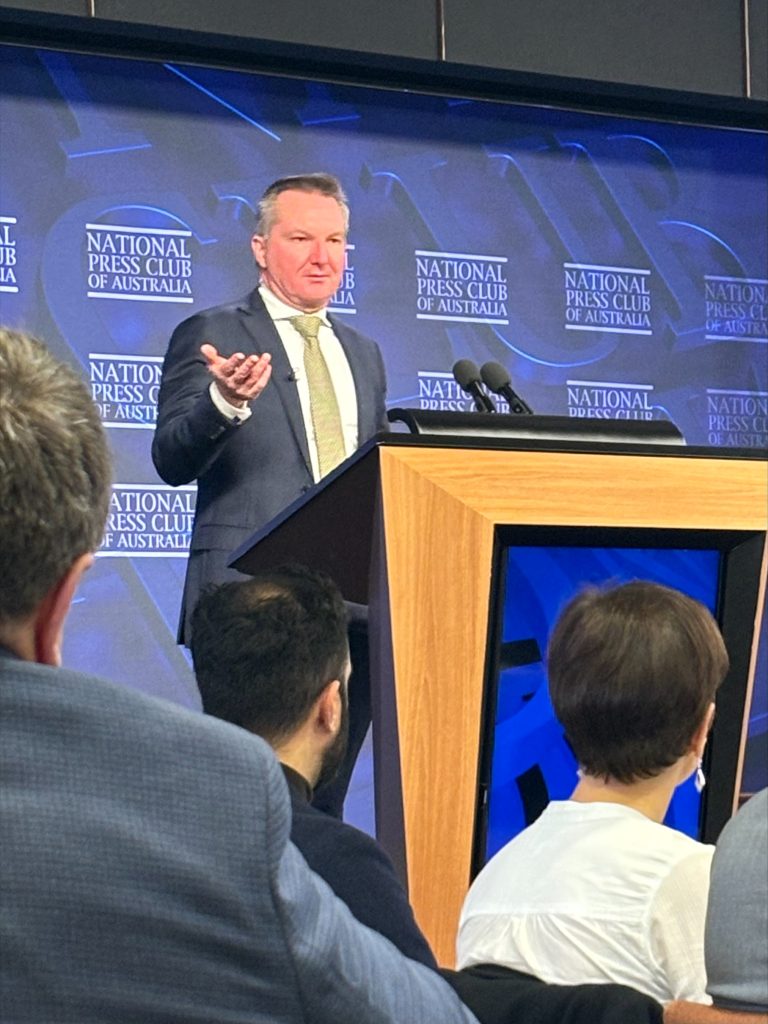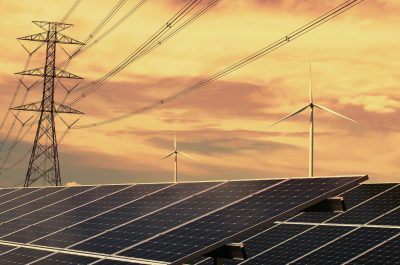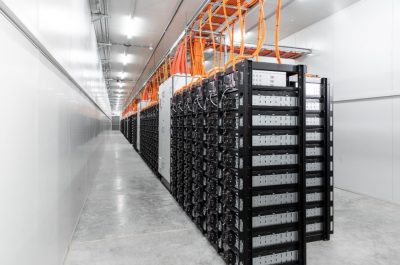Hard work to pay off in this ‘critical decade’: Minister Bowen’s Press Club Address
 Federal Energy Minister Chris Bowen’s address this week to the National Press Club provided an overview of Australia’s energy policy priorities, highlighting critical areas of focus and government initiatives aimed at shaping our nation’s energy future. In short: much has been done, but there’s much more to do, and it won’t all be easy.
Federal Energy Minister Chris Bowen’s address this week to the National Press Club provided an overview of Australia’s energy policy priorities, highlighting critical areas of focus and government initiatives aimed at shaping our nation’s energy future. In short: much has been done, but there’s much more to do, and it won’t all be easy.
We explore four key takeaways from his speech titled, ‘Australia’s energy choice in the critical decade’ where he discussed the ‘why’, as well as the ‘how’ of our energy transition journey.
Embedding ‘reliable renewables’ to meet our climate targets
Minister Bowen reiterated the Government’s commitment to transitioning away from ageing coal-fired power as part of its broader strategy to decarbonise the energy sector.
The accelerated closure of coal-fired power plants aligns with Australia’s international climate commitments and reflects growing public and industry support for lower-emissions energy alternatives. Minister Bowen underscored the importance of ‘reliable renewables’ (a newly-coined term the Minister used to contrast the notion that coal is providing the required reliability for our energy needs) in diversifying the energy mix and enhancing energy security.
He remained upbeat about achieving 82 per cent renewable energy generation by 2030, in pursuit of emissions reduction of 43 per cent on 2005 levels in the same timeframe. We’re currently sitting at about 40 per cent renewable energy in the grid.
Addressing climate change ‘denialism’, Bowen said the science was now increasingly accepted, but that we’ve now moved towards “all-too-hardism” where, for many, the energy transition seems too difficult and too much effort. Bowen acknowledged the efforts that will be required to steer us to a renewable-dominant energy system, airing a sentiment shared by many others across the energy industry lately: it’ll be challenging, but we can get there.
“I’m far from complacent, but I’m relatively satisfied with where we’re at. Yes, there are challenges. I’ve never denied that.”
Bowen outlined a phased approach to retiring coal facilities while supporting affected communities through transitional programs with a focus on retaining jobs and expertise. Citing his visits to affected communities, the Minister said:
“[Coal workers] understand better than anyone the world is changing. They understand how the world works, the world economy works and coal markets work. They know that that job security won’t be there forever. I have never had a coal-fired power station worker argue to me – not once – that that coalfired power station should be replaced with another one … They know that it’s not feasible, not realistic, not going to happen, would be irresponsible.”
Transmission build
A key component of Minister Bowen’s address was the emphasis on expanding and modernising Australia’s electricity grid, and integrating geographically-dispersed energy sources. Recognising the critical role of a robust transmission network in facilitating this integration, Bowen provided a status check on the major infrastructure build happening across the country: just under one quarter of the 4,000 kilometres of new transmission lines have been constructed or are in various stages of completion.
The Minister noted the importance of early and effective engagement with communities by transmission companies. He also pointed to the collaborative efforts of state governments and industry stakeholders in streamline processes and accelerating project approvals, thereby supporting the timely deployment of this essential transmission infrastructure.
Accelerating adoption of electric vehicles
A significant point of excitement in Minister Bowen’s address was the acceleration of electric vehicles (EV) adoption. Bowen outlined government initiatives to incentivise EV uptake through financial incentives, infrastructure development, and regulatory support.
He emphasised the importance of expanding Australia’s EV charging infrastructure to address range anxiety (which is still front-of-mind for many) and facilitate long-distance travel.
A tidbit dropped for interested parties was that vehicle-to-home/vehicle-to-grid would be discussed (through a Consumer Energy Resources (CER) Roadmap) at the forthcoming Energy & Climate Change Ministerial Meeting between federal and state Ministers:
“It is a resource that we need to harness and enable households to harness in their own best interests. I mentioned households taking control. If you’ve got an electric vehicle and you can decide not only when you’re going to charge it, but you can decide when you’re going to take the power in it to charge your home or charge the grid and get paid for that, that’s empowering consumers.”
With a touch of realism, the Minister noted matters to be dealt with before this becomes reality, including action by Standards Australia, as well as state and federal-level regulation.
“Cars are batteries on wheels. In most cases the capacity in your car will be greater than the battery in your home. It’s just a more powerful battery to get you around. So, we’ve got to try to harness that for the benefit of individuals and the benefit of the grid.”
It’s clear to see that the time has come to think about how we best use our distribution network to help enable the forthcoming CER Roadmap, making sure we pull all levers and understanding that the grid is now more than just poles and wires.
Role of gas in Australia’s energy transition
Lastly, Minister Bowen addressed the role of gas in Australia’s evolving energy landscape, pointing to the Government’s ‘Future Gas Strategy’ as well as AEMO’s Integrated System Plan (ISP).
Bowen’s view was a “pragmatic approach” to gas, reiterating that gas would still be required by 2050, likening it to “life insurance” for the energy system. In this sense, gas already plays a role (and will for several more years) in providing reliable and dispatchable electricity generation, particularly during periods of peak demand or when renewable energy generation fluctuates.
He also highlighted the government’s commitment to optimising the contribution of natural gas while maintaining initiatives to develop Australia’s gas resources responsibly, ensuring environmental sustainability and maximising economic benefits for local communities. By leveraging Australia’s abundant gas reserves and promoting technological advancements in gas-fired power generation, the goal is energy affordability and grid stability.
Bowen also noted the role of renewable gas (specifically mentioning green hydrogen) for industry, with a caveat that while this is proceeding at pace, it’s not there yet. But it will play a major role in supporting the ‘hard-to-abate’ industrial activities such as cement making, steelmaking, and plastics.
Can it be done?
Minister Bowen’s address to the National Press Club painted a picture of a system in transition. Of work accomplished, but plenty more to be carried out. Of energy choices on the table, but a sense of which would be right for Australia and which would cost us time and money we cannot afford.
As we navigate complex energy challenges and opportunities, Bowen’s ambition is for transformative change and leadership through this transition. Can it be done? Challenging, but achievable.


